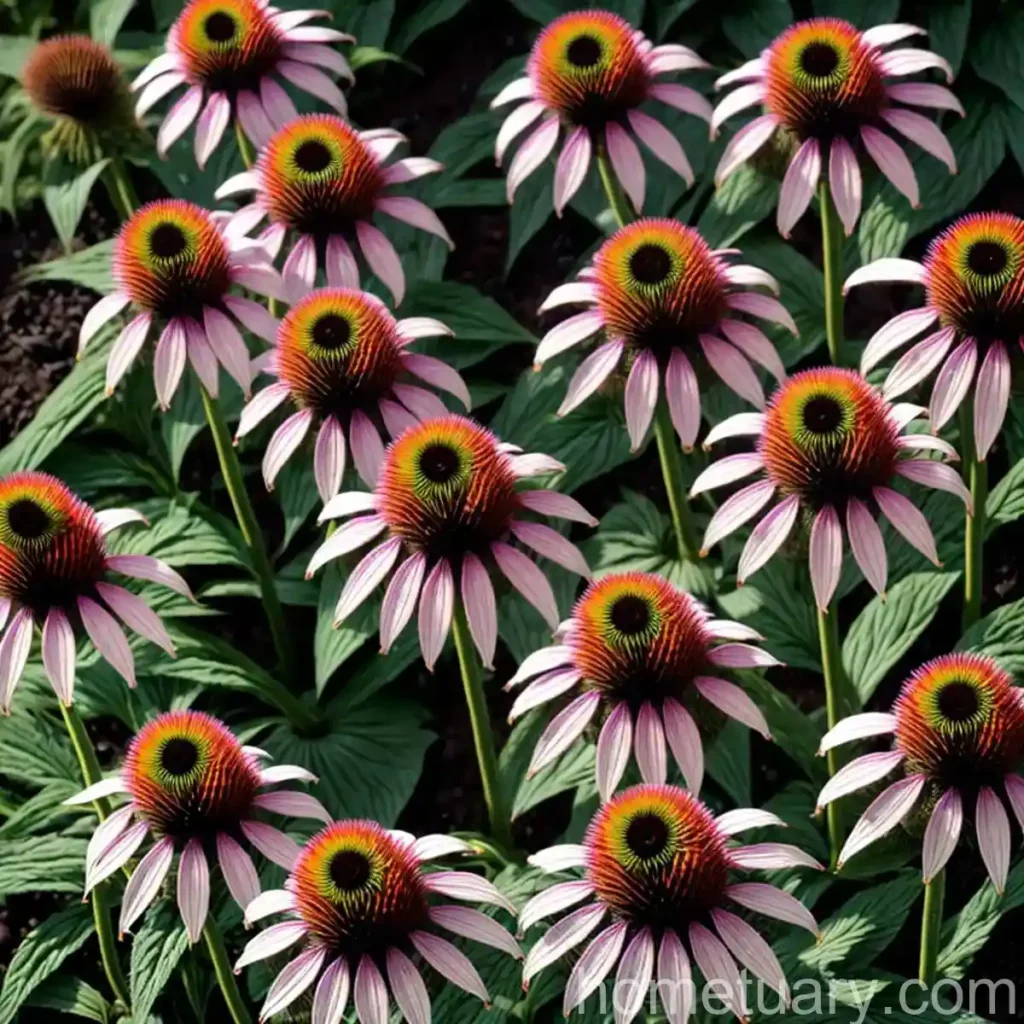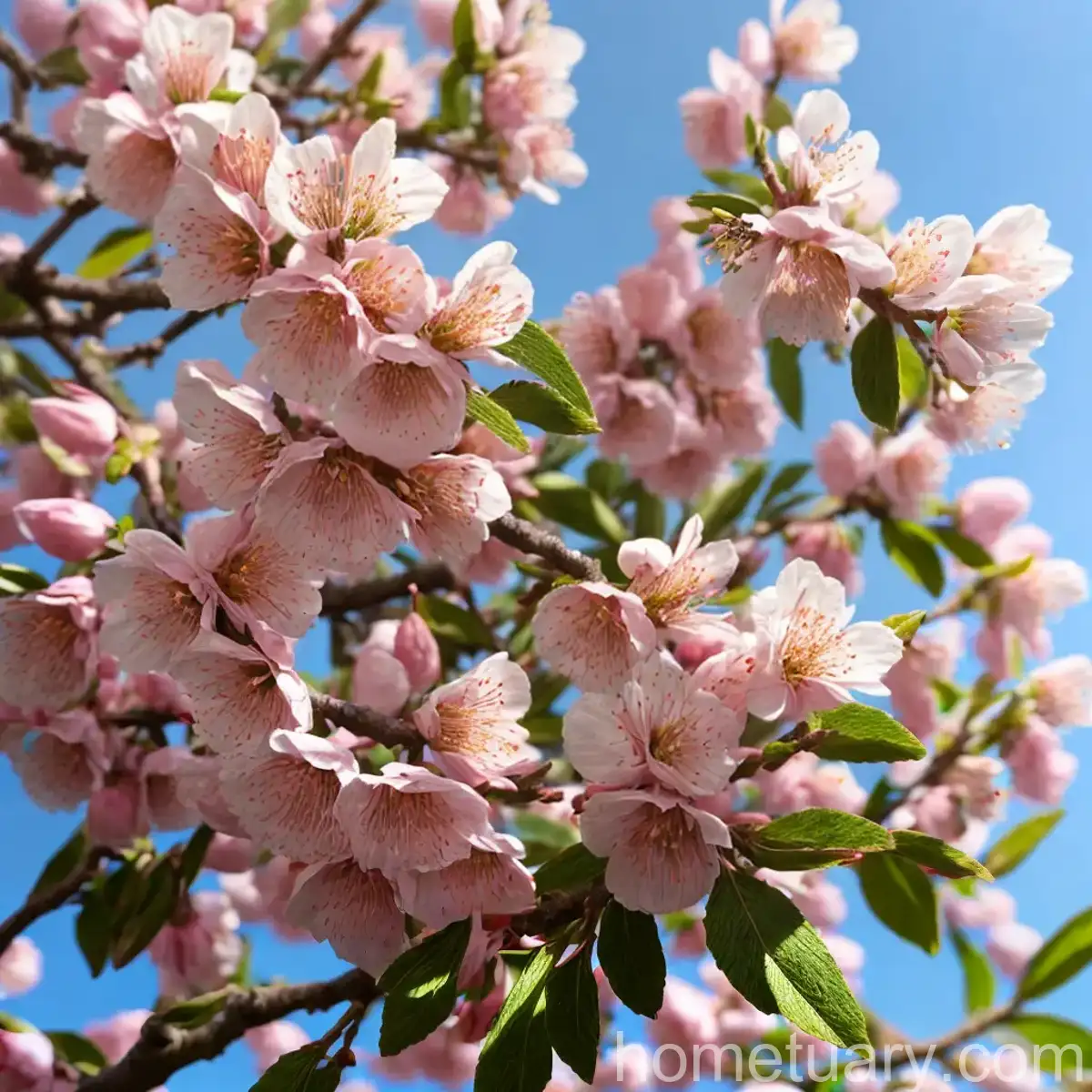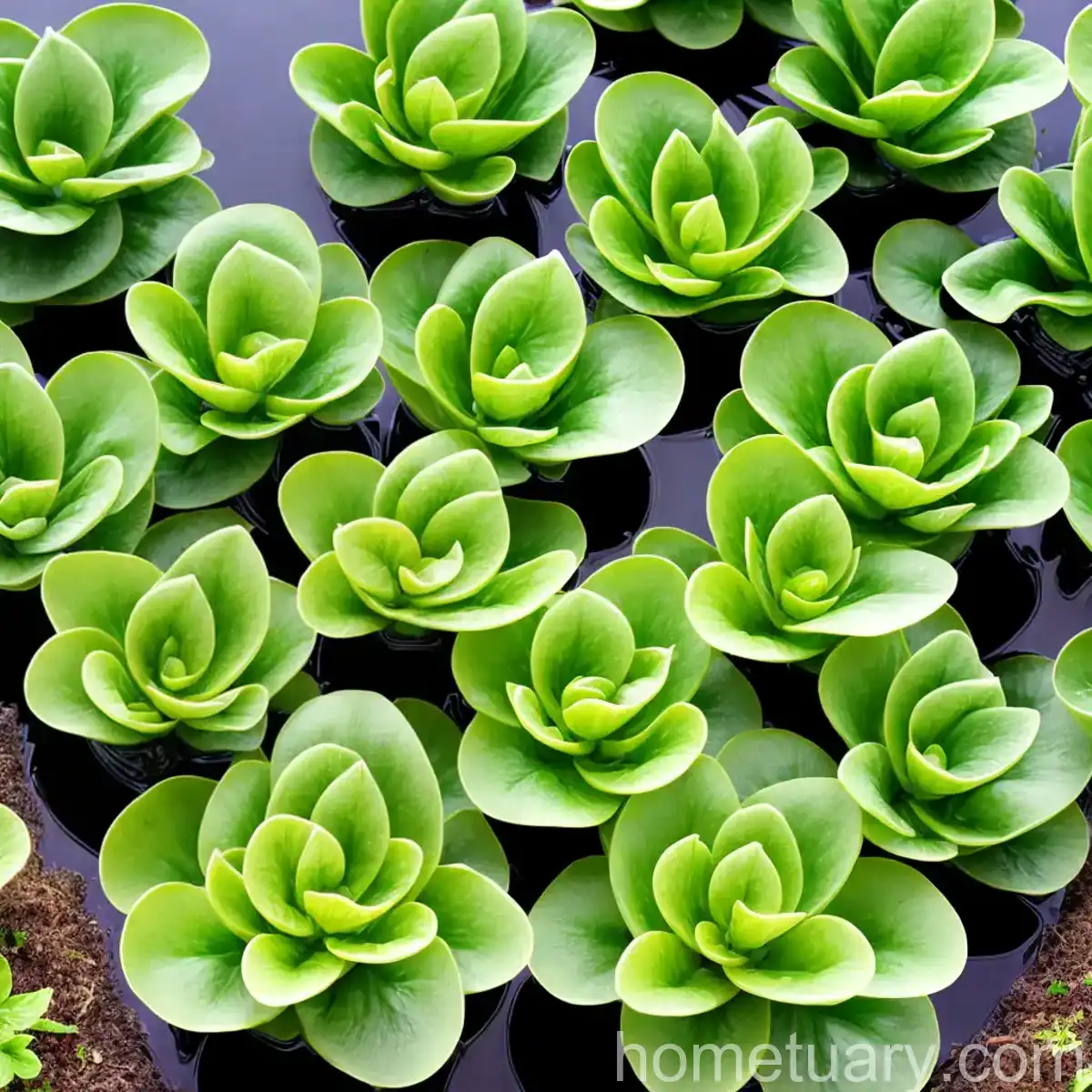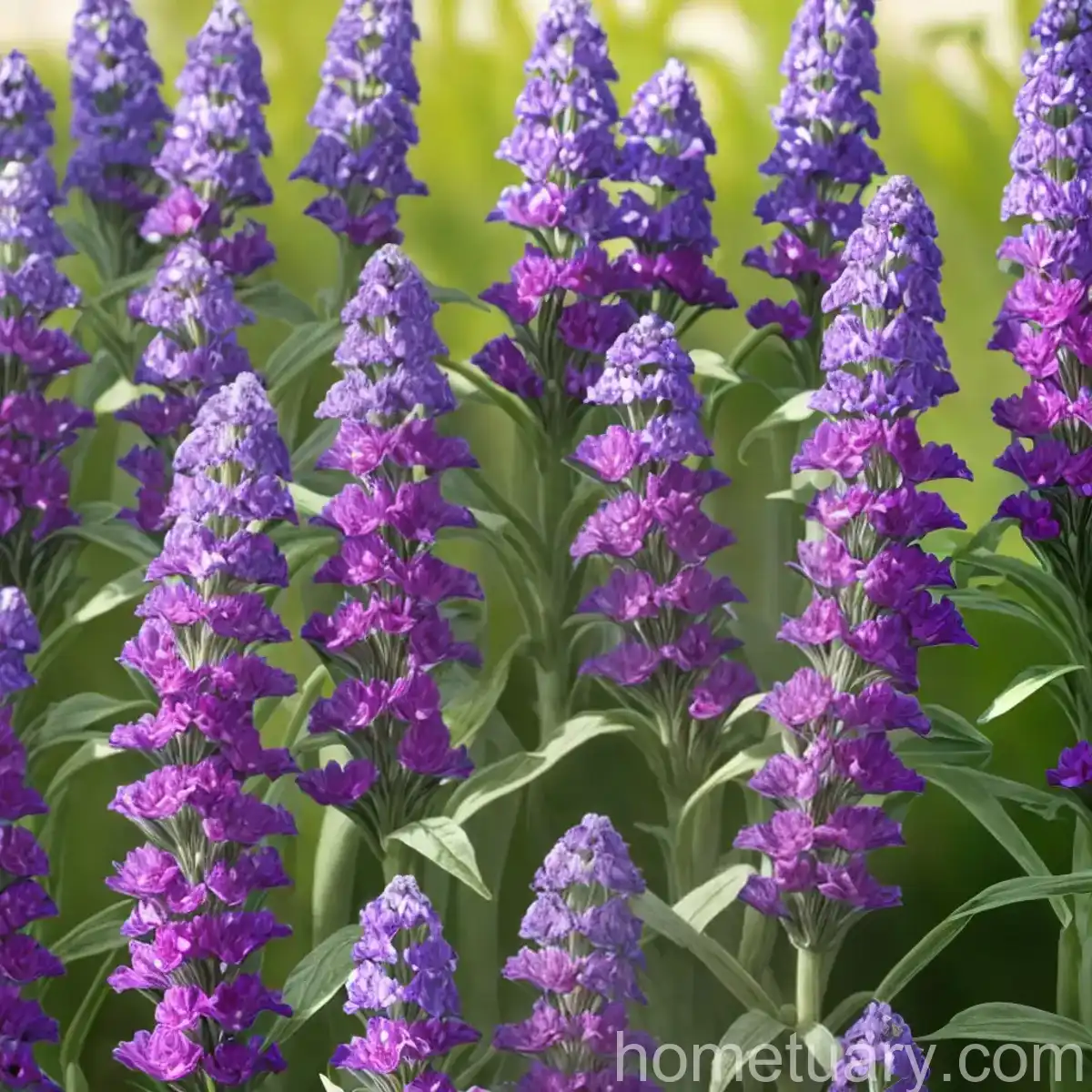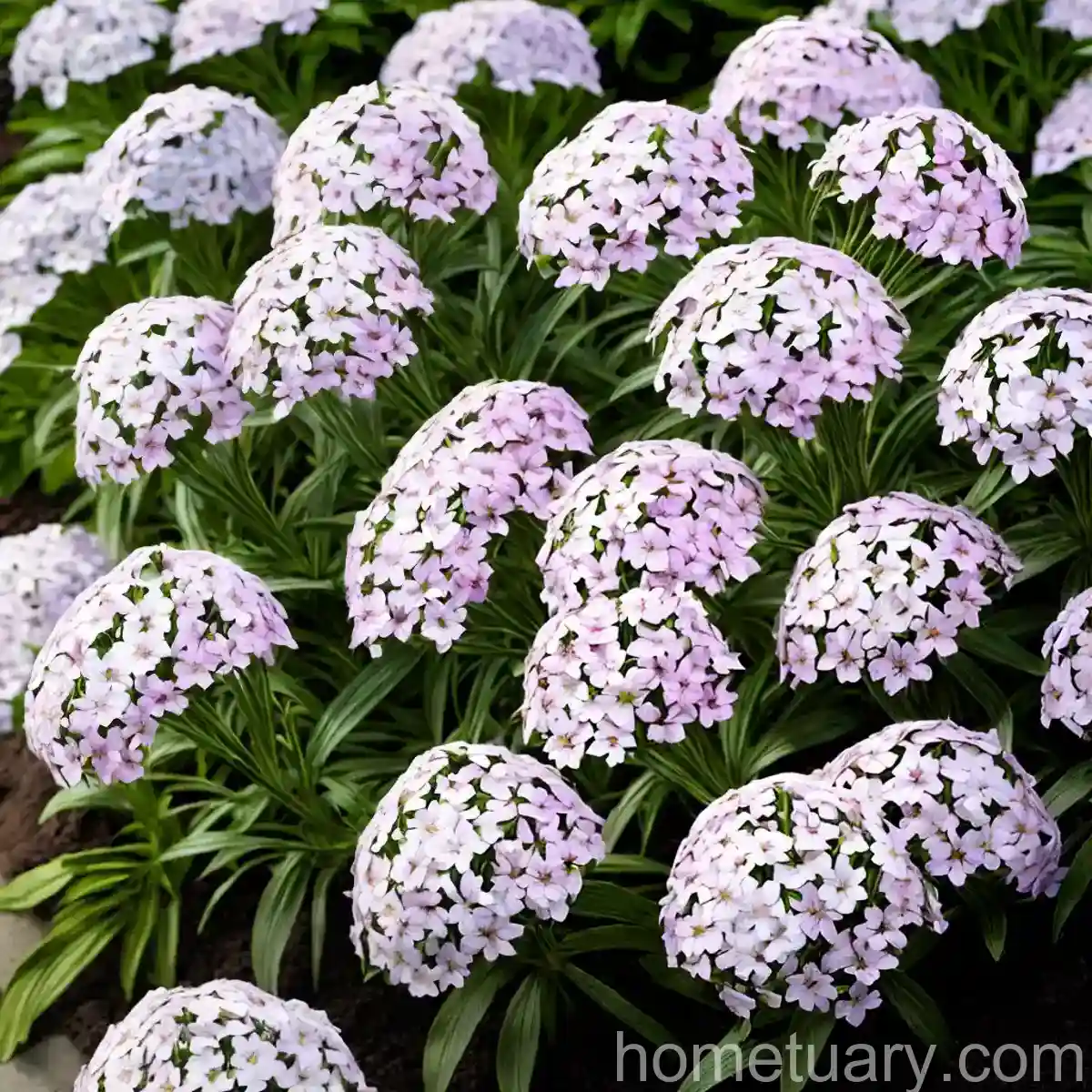purple coneflower (Echinacea purpurea ‘Leuchtstern’ BRIGHT STAR)
What is purple coneflower (Echinacea purpurea ‘Leuchtstern’ BRIGHT STAR)?
Purple coneflower, scientifically known as Echinacea purpurea ‘Leuchtstern’ BRIGHT STAR, is a beautiful and vibrant perennial plant that belongs to the Asteraceae family. It is a cultivar of the species Echinacea purpurea and is widely recognized for its stunning, daisy-like flowers that bloom in various shades of purple, pink, and white. This hardy and versatile plant is native to North America and is commonly found in prairies and open woodlands.
The ‘Leuchtstern’ BRIGHT STAR variety of purple coneflower is particularly prized for its distinct, bright star-shaped blooms and its exceptional disease resistance. It is a popular choice among gardeners and landscaping enthusiasts due to its ability to attract pollinators and its low maintenance requirements.
In this in-depth guide, we will explore the various aspects of the purple coneflower, from its cultural requirements to its uses, diseases, and propagation methods. Whether you are a seasoned gardener or a novice enthusiast, this comprehensive resource will provide you with valuable insights into the care and cultivation of this enchanting plant.
Key Takeaways – purple coneflower (Echinacea purpurea ‘Leuchtstern’ BRIGHT STAR)
- Purple coneflower is a vibrant and resilient perennial plant known for its stunning star-shaped blooms and disease resistance.
- This cultivar, ‘Leuchtstern’ BRIGHT STAR, is a popular choice for attracting pollinators and adding vibrant colors to gardens and landscapes.
- It thrives in well-drained soil and requires adequate sunlight for optimal growth and flowering.
- Purple coneflower is valued for its medicinal properties and is widely used in herbal remedies and culinary preparations.
- Understanding its cultural requirements, propagation methods, and common diseases will enable you to cultivate and enjoy this beautiful plant successfully.
Culture
Water
- Established Plants: Once established, purple coneflowers are relatively drought-tolerant and require minimal watering. Water deeply when the soil is dry to the touch, but be cautious of overwatering, as it can lead to root rot.
- Newly Planted: Provide regular watering to newly planted purple coneflower until they establish a robust root system. Ensure that the soil is well-drained to prevent waterlogging.
Sunlight
- Full Sun: Purple coneflowers thrive in full sun conditions. Select a planting location that receives at least 6-8 hours of direct sunlight daily to encourage robust growth and prolific flowering.
Fertilizer
- Minimal Fertilization: Purple coneflowers do not require heavy feeding. A balanced, slow-release fertilizer applied in early spring can support healthy growth and flowering. Avoid excessive use of high-nitrogen fertilizers, as it may promote lush foliage at the expense of blooms.
Soil
- Well-Drained Soil: Plant purple coneflowers in well-drained soil that is rich in organic matter. Loamy or sandy loam soils are well-suited for optimal growth. Ensure good drainage to prevent waterlogged conditions, which can be detrimental to the plant’s health.
Pruning
- Deadheading: Regular deadheading of spent flowers can prolong the blooming period and encourage continuous flowering. Additionally, removing faded blooms prevents self-seeding and promotes tidy plant appearance.
Uses
Medicinal Properties
- Immune-Boosting: Purple coneflower, particularly Echinacea purpurea, is renowned for its immune-boosting properties. It is commonly used in herbal remedies to support the body’s natural defenses and overall wellness.
- Topical Applications: The roots and aerial parts of purple coneflower are utilized in the preparation of ointments, tinctures, and salves for various skin conditions due to their purported anti-inflammatory and antimicrobial effects.
Culinary Purposes
- Herbal Teas: The dried flowers and roots of purple coneflower can be steeped to prepare herbal teas that are believed to offer immune support and a pleasant, mild flavor.
Propagation
Division
- Spring or Fall: Divide mature clumps of purple coneflower every 3-4 years to rejuvenate the plants and prevent overcrowding. Spring and fall are ideal times for division.
- Process: Carefully dig up the clump, ensuring that each division has several healthy shoots and a portion of the root system. Replant the divisions at the same depth as the original plant, and water them thoroughly.
Seed Propagation
- Naturalization: Purple coneflowers readily self-seed, and the resulting seedlings can be transplanted to desired locations or left to naturalize, creating charming drifts of blooms in the garden.
- Sowing: To collect and sow seeds, allow the spent flowers to mature and dry on the plant. Harvest the seeds and sow them in prepared soil in the fall for natural stratification and germination in the following spring.
Cutting Propagation
- Rooting Cuttings: Softwood or semi-hardwood cuttings taken from healthy shoots in spring or early summer can be rooted in a well-draining medium to propagate new plants. Provide bottom heat and consistent moisture to facilitate root development.
Container Popularity
Purple coneflower, particularly the ‘Leuchtstern’ BRIGHT STAR variety, is well-suited for container cultivation, offering an array of benefits for those who prefer gardening in pots, planters, or smaller spaces. Its compact growth habit, stunning blooms, and low maintenance requirements make it an ideal choice for container gardens or patio displays.
Benefits of Container Cultivation
- Space Utilization: Growing purple coneflower in containers allows gardeners with limited space to enjoy its beauty and benefits, even on balconies, patios, or windowsills.
- Versatility: Containers offer flexibility in placement, enabling growers to position the plants in optimal sunlight and easily reposition them for aesthetic or practical purposes.
- Soil Control: In containers, gardeners have greater control over the soil composition, drainage, and overall growing conditions, ensuring an ideal environment for purple coneflower.
Common Diseases
Disease Resistance
- Robust Resilience: Purple coneflowers, including the ‘Leuchtstern’ BRIGHT STAR cultivar, are known for their exceptional disease resistance, particularly to common garden ailments such as powdery mildew and aster yellows.
Disease Diagnosis
Powdery Mildew
- Symptoms: Powdery white or gray patches on the leaves, stems, or flower buds, often accompanied by leaf distortion and stunted growth.
- Preventive Measures: Ensure good air circulation, proper spacing, and avoid overhead watering to reduce humidity around the plants. Apply fungicidal sprays as a preventative measure during periods of high humidity or at the first signs of infection.
Aster Yellows
- Symptoms: Yellowing and abnormal reddening of the foliage, stunted growth, and malformed or discolored flowers.
- Management: Promptly remove and dispose of infected plants to prevent the spread of the disease. Control leafhopper populations, which are vectors for aster yellows, to minimize the risk of infection.
Common Pests
Coneflower Aphid
- Identification: Small, soft-bodied green, black, or reddish-brown insects that congregate on the underside of leaves and tender shoots, often causing leaf curling and distortion.
- Control: Use a strong blast of water to dislodge aphids from the plants, or apply insecticidal soaps or horticultural oils as a targeted treatment.
Japanese Beetle
- Damage: Japanese beetles feed on purple coneflower foliage, causing skeletonized leaves and visible plant damage.
- Management: Handpick and destroy adult beetles, or utilize traps to reduce beetle populations. Avoid planting susceptible plants near existing beetle populations.
Botanist’s Tips
- Pollinator Magnet: Purple coneflower, particularly the ‘Leuchtstern’ BRIGHT STAR variety, is a valuable addition to pollinator-friendly gardens, attracting bees, butterflies, and other beneficial insects with its nectar-rich blooms.
- Drought Tolerance: Once established, purple coneflower exhibits excellent drought tolerance and requires minimal supplemental watering, making it suitable for low-maintenance and water-wise landscapes.
- Winter Interest: Leave the spent seed heads of purple coneflower in the garden during the winter to provide textural interest and food for overwintering birds.
Fun Facts
- The genus name “Echinacea” is derived from the Greek word “echinos,” which means “hedgehog,” alluding to the spiky, cone-shaped seed heads of the plant.
- Purple coneflower has been a traditional medicinal herb used by Native American tribes for its purported healing properties, and its use has been adopted in modern herbalism and natural health practices.
Links to External Resources
For further information and resources on purple coneflowers, explore the following links:
- Echinacea purpurea ‘Leuchtstern’ BRIGHT STAR Profile – Missouri Botanical Garden
- Growing Echinaceas – University of Vermont Extension
- Purple Coneflower Soil Preferences – North Carolina State University Extension
- Medicinal Uses of Echinacea – National Center for Complementary and Integrative Health
- Attracting Pollinators to Your Garden – Penn State Extension
In conclusion, purple coneflower (Echinacea purpurea ‘Leuchtstern’ BRIGHT STAR) is a captivating and valuable addition to gardens and landscapes, offering a myriad of benefits ranging from its stunning visual appeal to its medicinal and ecological significance. By understanding its cultural requirements, uses, propagation methods, and potential challenges, gardeners can cultivate and enjoy this enchanting plant with confidence and success. Whether you are seeking to enhance the biodiversity of your garden, incorporate low-maintenance flora, or explore natural remedies, purple coneflower stands as a timeless favorite, cherished for its beauty and resilience.
By leveraging the insights provided in this comprehensive guide, you can embark on a fulfilling journey of cultivating, appreciating, and benefiting from the timeless allure of purple coneflower.

